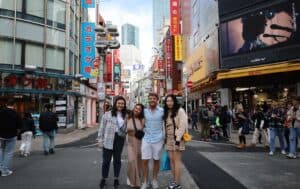Want to celebrate this New Year the traditional Japanese way?
One of the best ways to do that is through Hatsumode—the first visit to a shrine or a temple to make a prayer for the new year.
Let’s take a look at exactly what Hatsumode is, its origin, and the best shrines and temples to go for Hatsumode in Tokyo!
What is Hatsumode?
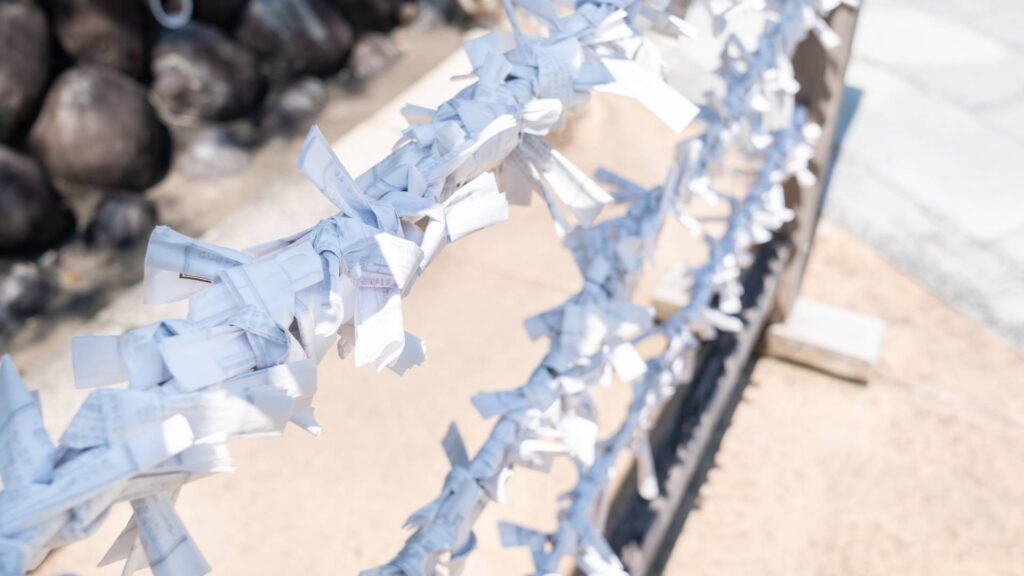
Hatsumode is an activity that Japanese people do at the beginning of the new year, where people go to shrines and make their first prayers of the year. It’s believed that the first wish made in the year will come true.
Origin of Hatsumode

Hatsumode is said to have its roots in the custom of Toshigomori, which dates back to the Heian period (794-1185).
Toshigomori is a custom where the patriarchs of the households of shrine parishioners stay at the shrine from the evening of New Year’s Eve to the morning of New Year’s Day and pray throughout the night for a bountiful harvest and safety in the New Year.
It is thought to have been divided over time into the ‘yakiyomode’, which is a New Year’s Eve visit, and the ‘motsu-nichi-mode’, which is a New Year’s Day visit.
12 Best Shrines in Tokyo for Hatsumode
In this section, we introduce recommended shrines and temples known for their good fortune, such as for match-making, prosperous business, academic success and prayers to ward off bad luck.
1. Senso-ji Temple
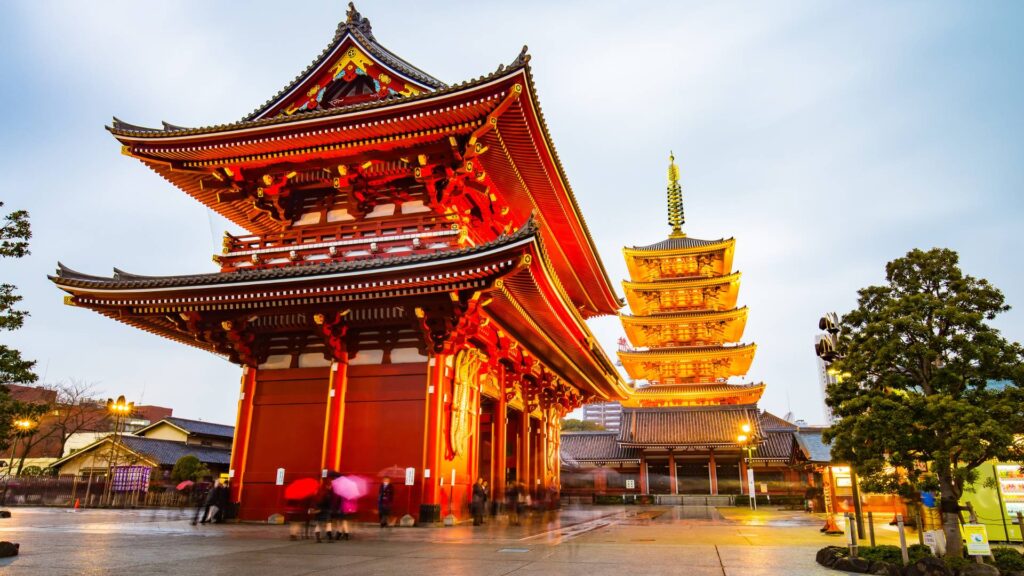
Senso-ji Temple, which enshrines the bodhisattva Sho-Kannon, is one of the oldest temples in Tokyo. The symbol of Asakusa, the Kaminarimon (Thunder Gate), has just had its large red lantern renewed in April 2020 for the first time in seven years. The presence of the bright vermilion and shiny metal fittings will lift your spirits♪
2. Tokyo Daijingu

The Tokyo Grand Shrine is dedicated to the deities of the Ise Jingu Shrine. It is one of the prestigious Tokyo Gosha (five shrines: Hie Shrine, Meiji Shrine, Yasukuni Shrine, Ookunitama Shrine and Tokyo Daijingu Shrine).
The shrine also enshrines the God of Marriage. Many people visit the shrine to wish for a matchmaking ceremony and the fulfilment of their love lives.
Ema (votive picture tablet) and good luck charms are also very popular, including the ‘Enmusubi Suzuran-mamori’, which is full of good luck charms for romance!
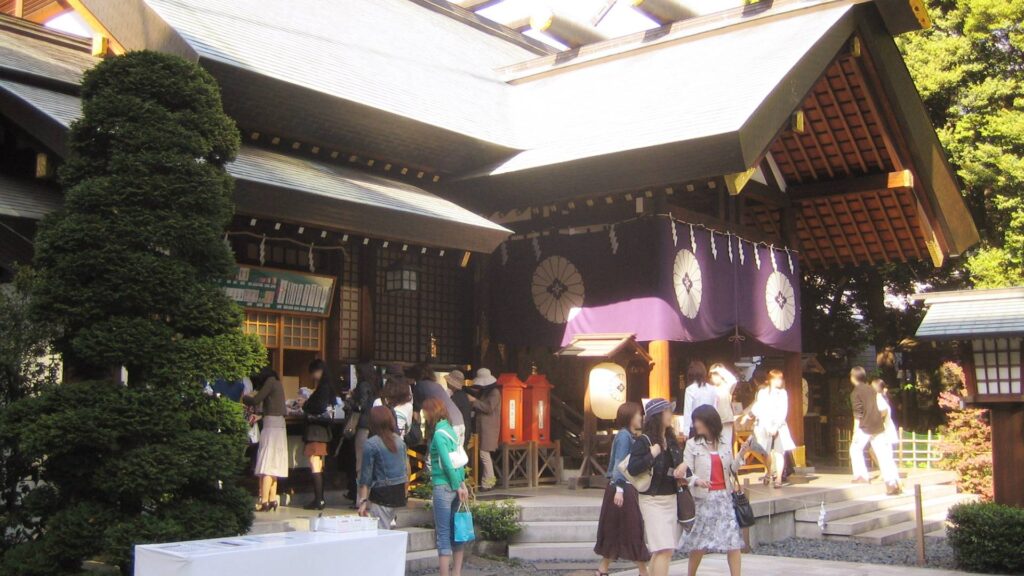
After visiting the shrine, you can look for the amulet that suits you best.
Hatsumode also attracts a large number of worshippers every year, and commemorative mini zodiac sign ema are distributed to the first 1,000 visitors on each of the three days of the New Year.
3. Kanda Myojin
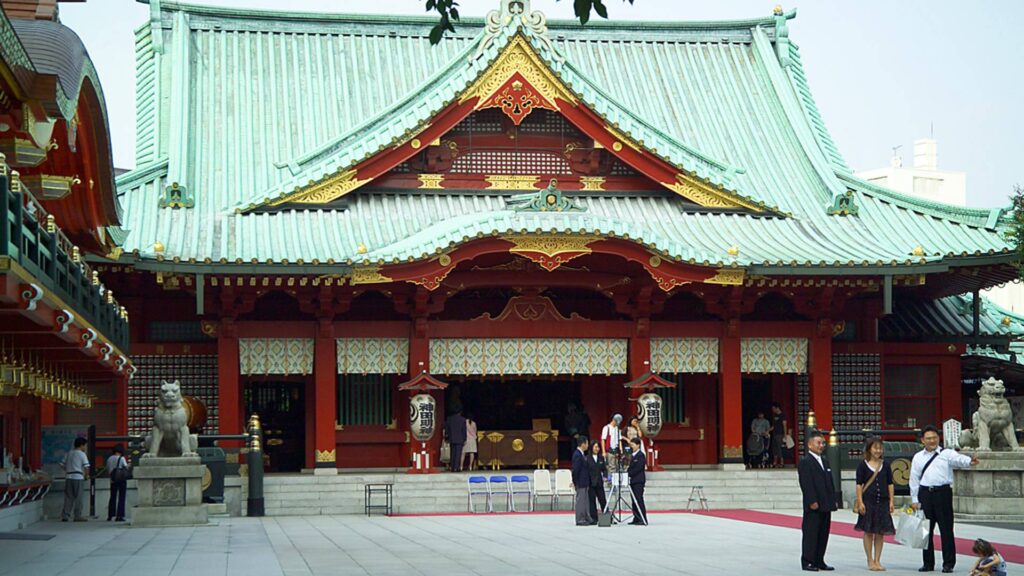
Kanda Myojin is said to have been founded in 730 by the Izumo clan’s Makanda Shin, and is revered as Edo’s chief town-guard. The Ichinomiya shrine enshrines Daikoku-sama for match-making and household safety, while the Ninomiya shrine enshrines Ebisu-sama for prosperous business, medicine and health, and the Sannomiya shrine enshrines Masakado-sama for protection from disaster and bad luck and for good luck.
4. Yasukuni Shrine
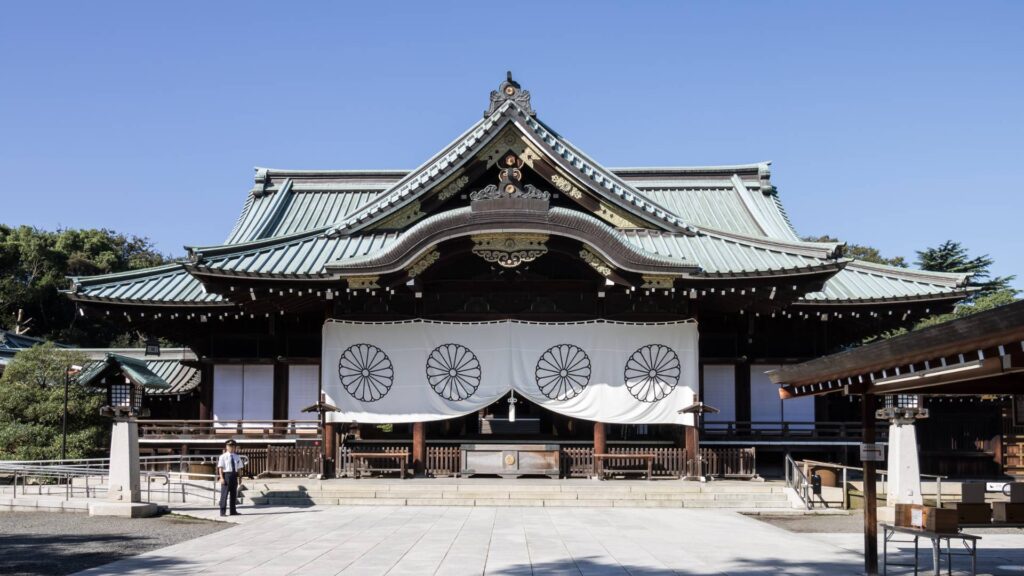
The shrine was founded in 1869 and enshrines ‘the souls of those who gave their lives for their country’ from the end of the Tokugawa Shogunate to the end of World War II. Prayers are accepted for gratitude to the gods, national security, family safety, protection from bad luck and prosperity of business.
The New Year begins with the sound of large drums. At midnight on New Year’s Day, a bonfire is lit on the approach to the shrine and a ritual offering of young water is held in the main shrine, followed by the New Year Festival, a ceremony to pray for national peace and prosperity.

The grounds of the shrine are also the scene of a lively New Year’s ceremony, with performances to celebrate the New Year and dedication ceremonies such as the New Year archery competition. The Yushukan (museum) in the precincts of the shrine displays the wills and relics of the deities as well as valuable historical documents such as the Zero fighter plane, and a dedicated New Year sword exhibition is also held, so be sure to drop by.
5. Hie Shrine
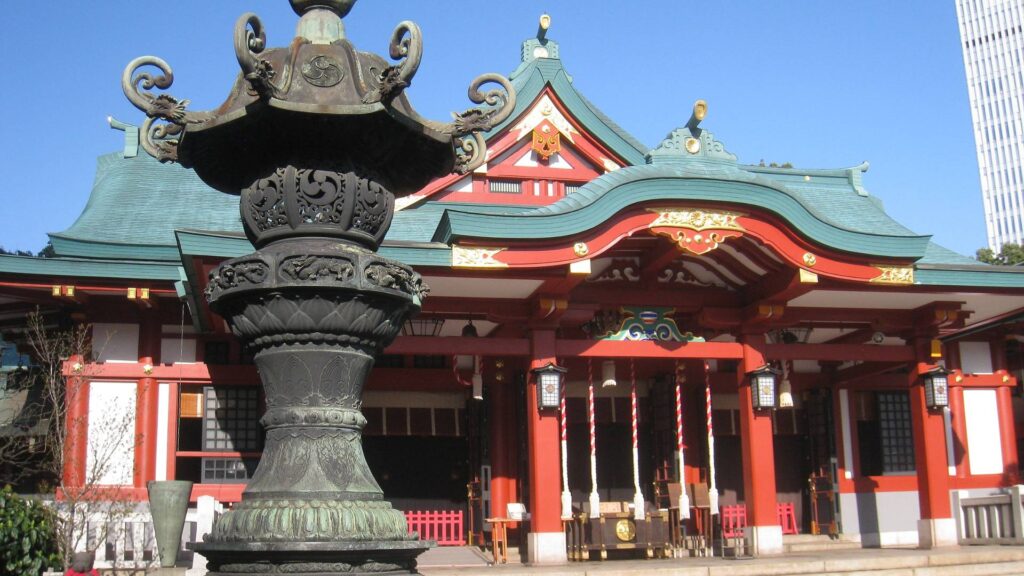
Hie Shrine is located in Nagata-cho, a corner of the town known for the Diet Building and the Diet Members’ Building, and is protected by a forest on a hillside surrounded by lush greenery. For the Edo Shogunate, it was the ‘birth deity of the Tokugawa Rekicho’ and ‘shrine of the Edo Castle’, while the Edo people were familiar with the shrine as the ‘general clan deity of Edo Township’.
The main shrine and shrine pavilions have been rebuilt and repaired after overcoming major fires and war damage, and the well-maintained grounds are easy to visit. The shrine is revered as the ‘guardian deity of the Imperial Palace’.

As the shrine is usually crowded during the Hatsumode period, early morning Hatsumode is recommended, when the crowds are comparatively eased.
A statue of a monkey called Masaru, the messenger of the gods, is placed in the precincts of the shrine. The word ‘Masaru’ means ‘the devil goes away’ or ‘victory over everything’, and is therefore good for warding off bad luck and ensuring prosperous business.
The ‘Masaru-mamori’, a monkey charm with various meanings such as ‘match-making’ as the word for monkey can be read as ‘en’, is very popular. It is also perfect for warding off bad luck, praying for victory and the fulfilment of a good marriage.
6. Yushima Tenmangu Shrine
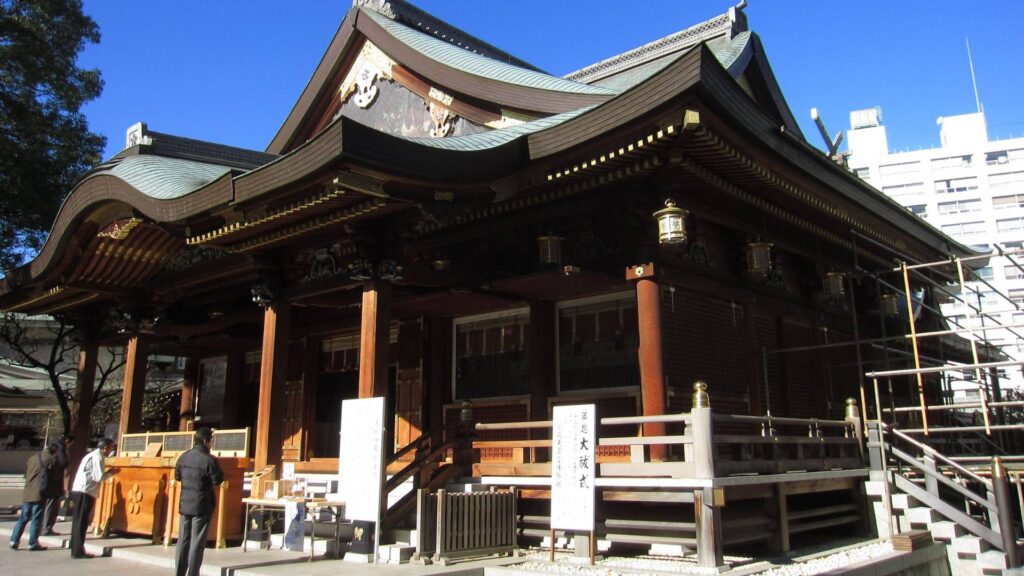
The shrine is dedicated to Sugawara Michizane, the ‘god of learning’, and is also known as Yushima Tenmangu Shrine. It is one of the few shrines in Tokyo that enshrines Amano-Terikio-no-Mikoto, who is blessed as the ‘god of luck and power’, together with Michizane.
The shrine attracts many students and families from all over the country, especially from early December. The sight of people visiting the shrine to pray for academic success is a familiar sight at Hatsumode.
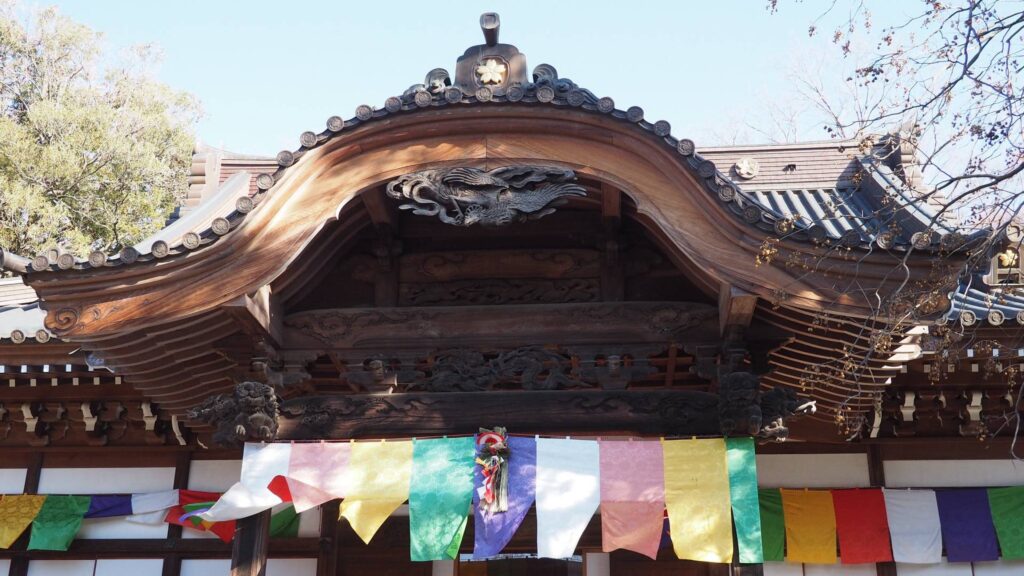
From the end of the year to New Year’s Day and during the Ume Festival (around February to March), many stalls are set up along the approach to the shrine grounds, and it is fun to look at and buy souvenirs.
7. Jindaiji Temple

Located in an area rich in nature that reflects the four seasons of Musashino, Jindai-ji Temple is a popular place of rest and relaxation for the people of Tokyo. Jindaiji Temple is an ancient temple founded in 733, and has long been famous as a sacred place for matchmaking due to the legend of love in its auspiciousness.
The main image of Gensan Daishi in Gansan Daishi Hall is the largest portrait sculpture in Japan and is a Tokyo-designated Tangible Cultural Property. The Shaka Nyorai statue, a national treasure from the Hakuho period (late 7th/early 8th century), and other valuable Buddhist statues can be viewed in the Shaka Hall.
On New Year’s Eve, the temple usually attracts around 200,000 worshippers on the first three days of the New Year, when the temple bell rings and all the monks perform Goma prayers (Jyoshikai Daima Goma Ku).
8. Okunitama Shrine

With a history of approximately 1,900 years, the shrine was formerly known as Musashi Soja Rokushomiya. It enshrines the guardian deities of Musashi Province and is said to have worshippers all over the Kanto region as the head shrine of Musashi Province.
The main deity, Okunitama Ookunitama, is said to be the same deity as Okuninushi in Izumo, who gave people food, clothing, shelter, medicine ,and the art of witchcraft. The deity has a wide range of benefits, but in recent years has been revered as a deity for warding off bad luck and for marriage.
The Hatsumode shrine is usually very crowded with 500,000 visitors every year, and information on events and stalls for Hatsumode visitors in 2021 will be announced on the official website by the end of November 2021.
9. Takao Yakuoin Temple

Get away from the hustle and bustle of the city centre and worship the sunrise with the monks in the rich natural surroundings of Mount Takao. Why not welcome the New Year on Mount Takao? Surrounded by nature so rich that it is hard to believe you are in the city!
On New Year’s Eve, the Takao Ascent Cable Car operates all night and many visitors walk along the approach lined with Kasuga lanterns to Yakuoin Temple. At midnight, the New Year’s Eve bell rings at Yakuoin, and the solemn sound of the bell echoes throughout Mt Takao.
On New Year’s morning, the Yakuoin temple grounds are the site of the ‘Geikosai’ event, where the first sunrise of the new year is celebrated and visitors can join the monks in viewing the rising sun. In addition, the New Year’s Hatsumode Daigomamo service is held in the main hall of Yakuoin, making it even more sacred.
There are also a variety of gifts, such as tengu fans and tengu good luck charms, which are typical of Mt Takao, the home of tengu, to pray for family safety and disaster prevention.
10. Nishi-Arai Daishi Soji-ji Temple

Gochisan Henshoin Soji-ji Temple is said to have been founded by Kobo Daishi in 826. It is a temple of the Toyozan school of Shingon Buddhism.
In the 800s, when a prayer was offered to save villagers suffering from a plague epidemic, clear water gushed from a dry well and the illness was quickly cured. The temple is known as a sacred site for ‘fire prevention’ and ‘good luck against bad luck’.

The main hall opens at midnight on New Year’s Day. During the Hatsumode period, the shops along the approach to the temple are busy and there are stalls in the precincts, creating a New Year’s mood.
The Hatsu Daishi Festival, held on 21 January every year, is also recommended if you want to pray for good health in the new year.
11. Yoyogi-Hachimangu shrine
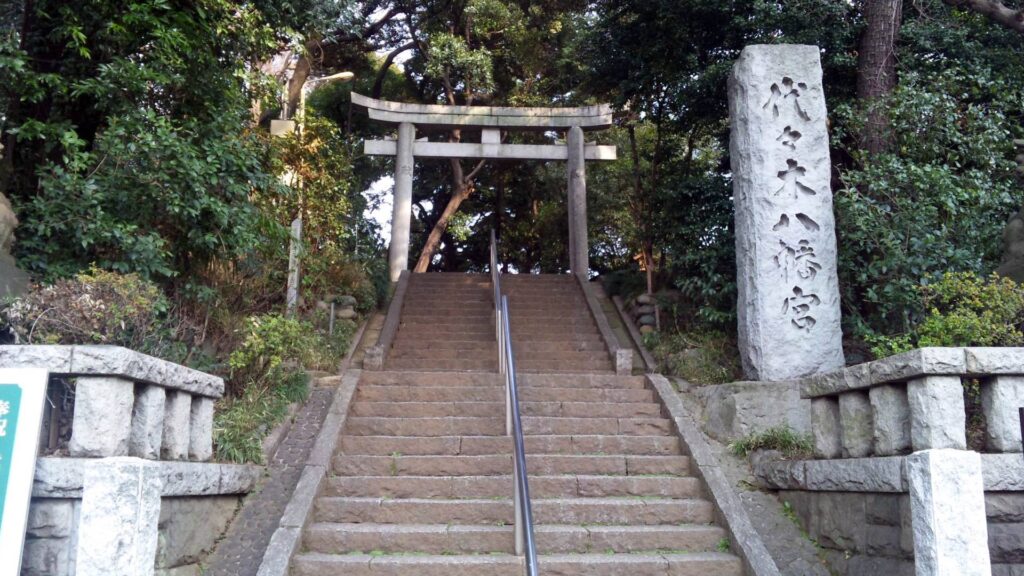
Yoyogi Hachimangu Shrine has a rich history in Shibuya, with the remains of a reconstructed Jomon-era dwelling in its densely wooded grounds. It was built in the Kamakura period (1185-1333) and the main deity is the Emperor Ojin.
In ancient times, the shrine was revered by the Imperial Court and samurai families, and has been worshipped as a deity of ‘good fortune’, ‘business prosperity’, and ‘development and protection of industry and culture’.

It is also known for various benefits such as ‘safe childbirth’, ‘child rearing’, ‘domestic safety’ and ‘travel safety (traffic safety)’, based on the myth of Empress Jingu.
In addition to New Year prayers at the beginning of the workday at the office, general (individual) ascending prayers (New Year prayers) are also held from 00:00 on 1 January. Prayers can be made 24 hours a day, so it is recommended for those who wish to visit at night or early in the morning to avoid the crowds.
12. Zojoji Temple

Zojoji Temple, one of the seven head temples of the Jodo Sect and the centre of Jodo Sect teaching in the Kanto region, has a 600-year history dating back to its foundation in 1393. It is known as a temple dedicated to the secret statue of Kurohonzon, the Black Buddha of Shounen, associated with Ieyasu Tokugawa, and for the sight of Zojoji Temple and Tokyo Tower.
On New Year’s Eve, the temple grounds are filled with a solemn atmosphere as the temple bell rings.
The New Year’s Eve and New Year’s Eve crowds are approximately 100,000 every year. It is a good idea to visit the shrine on New Year’s Eve or New Year’s Day when the shrine is relatively empty, rather than during the three days of the New Year or during the pine season.
Hopefully this list has given you an insight into the most popular holiday in Japan! This time of year is very busy so please be careful, but also take the opportunity to try lots of festive food and activities. Will you be participating in Hatsumode this year? Which shrines will you be visiting? let us know down below!



